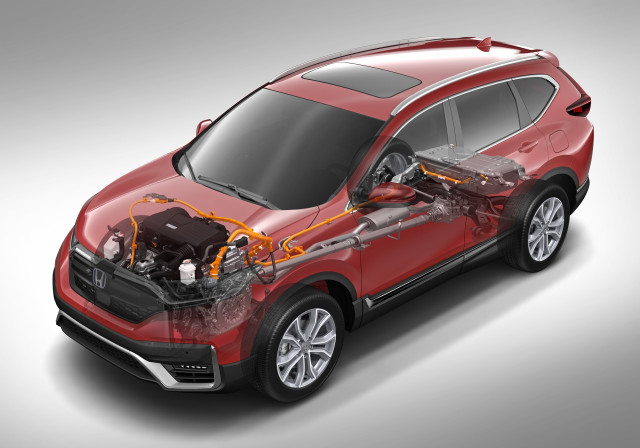The new Accord and CRV is revised from the '18 that @fdcg27 has also. And then to put back to OP question on the REGEN braking.
What affects or how would it work if you use the paddle shifters for more or less regen braking? Would the gearsets and generator tie back to motor for engine braking so you don't overheat the brakes coming down longer mountain passes?
Again I have no clue on most of this, just reading/learning and intrigued for future replacements. The traffic by me gets worse daily, my body and legs hurt more daily. If I was stuck in daily stop and go, something like the Accord or CRV Hybrid might be attractive. I work nights so don't hit much traffic either direction.
My son took a "test drive" to where he needs to go for clinicals and when he needs to be there. It took him 2 hours to go 48 miles. Afterward he said he would rather take his automatic Forte than my 6MT Accord. He likes driving stick and takes my Accord often for trips but the constant stop and go was killing him. Basically 1st and 2nd gear the whole time even leaving space to try and reduce clutch use. I-495 Long Island Expressway rush hour traffic, 3 lanes each way and an HOV (but he couldn't take the HOV by himself).
What affects or how would it work if you use the paddle shifters for more or less regen braking? Would the gearsets and generator tie back to motor for engine braking so you don't overheat the brakes coming down longer mountain passes?
Again I have no clue on most of this, just reading/learning and intrigued for future replacements. The traffic by me gets worse daily, my body and legs hurt more daily. If I was stuck in daily stop and go, something like the Accord or CRV Hybrid might be attractive. I work nights so don't hit much traffic either direction.
My son took a "test drive" to where he needs to go for clinicals and when he needs to be there. It took him 2 hours to go 48 miles. Afterward he said he would rather take his automatic Forte than my 6MT Accord. He likes driving stick and takes my Accord often for trips but the constant stop and go was killing him. Basically 1st and 2nd gear the whole time even leaving space to try and reduce clutch use. I-495 Long Island Expressway rush hour traffic, 3 lanes each way and an HOV (but he couldn't take the HOV by himself).


